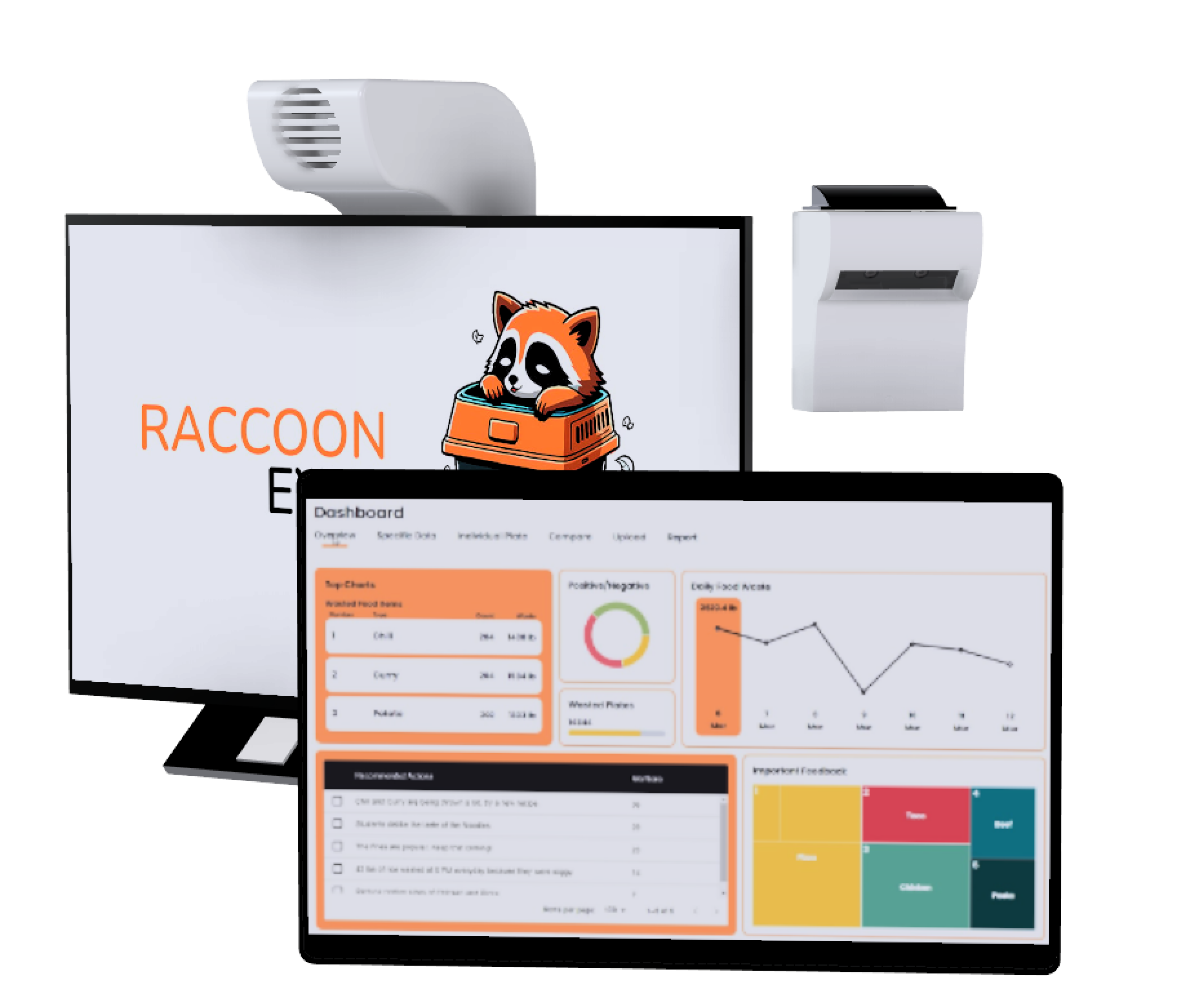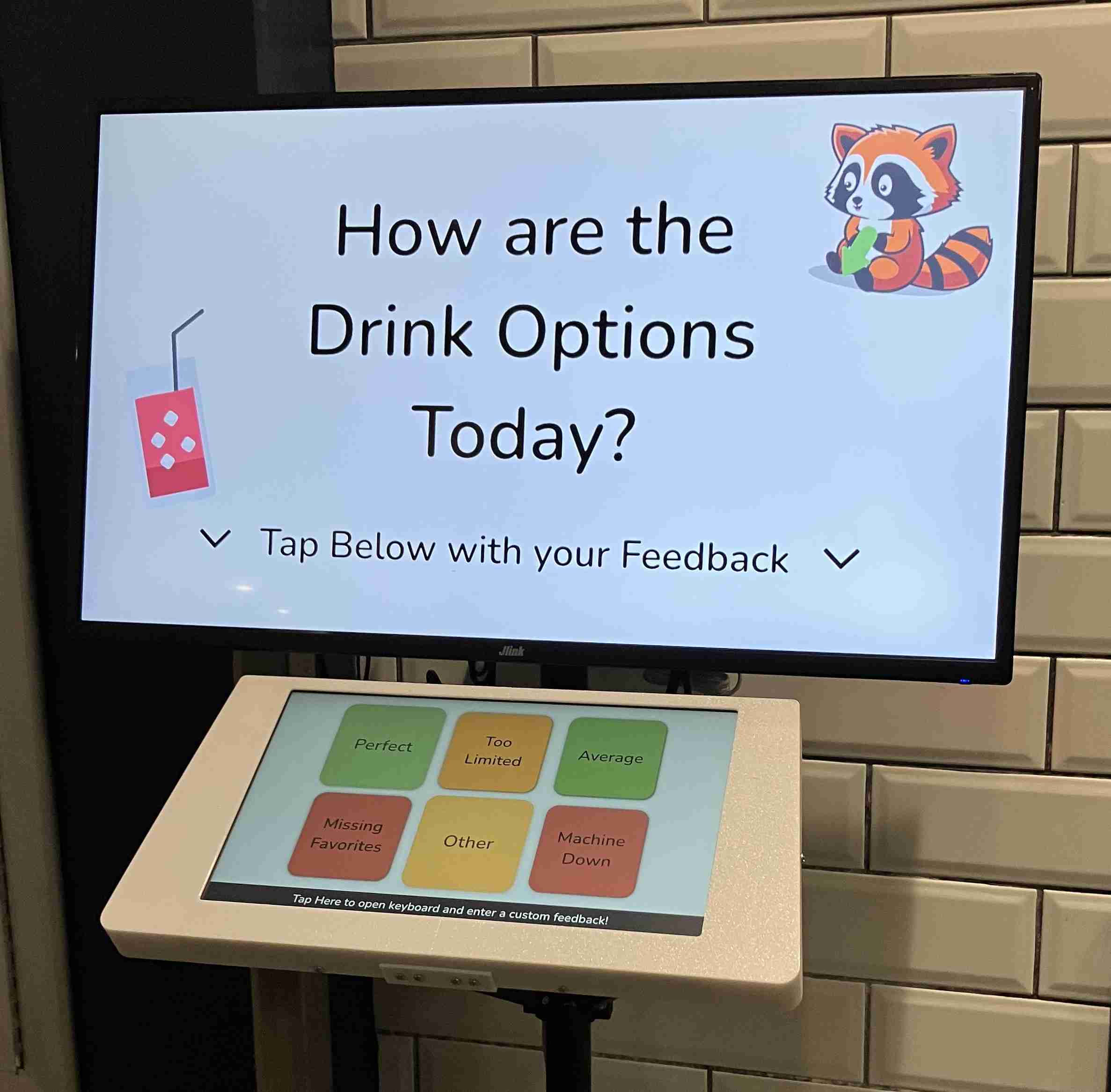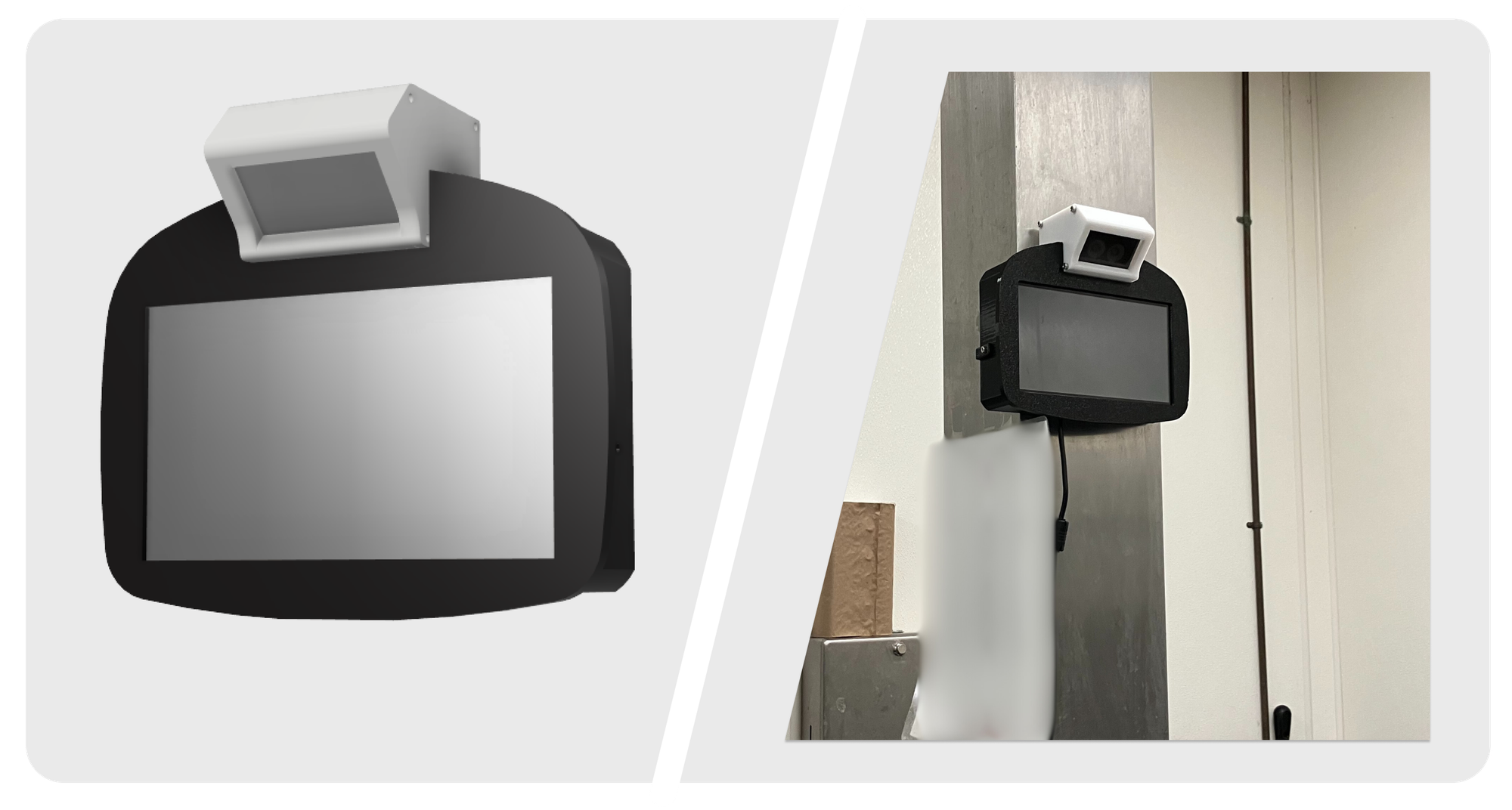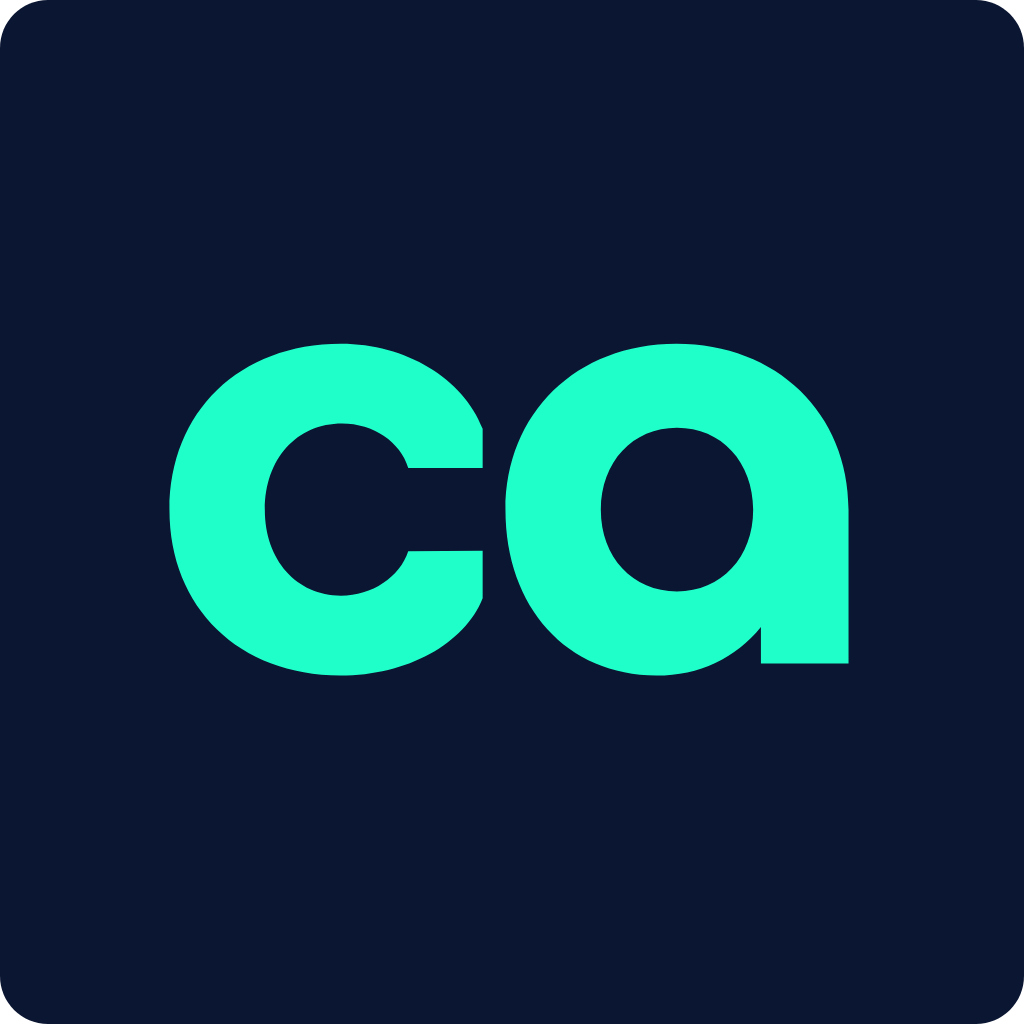Every year, universities across the world throw away thousands of pounds of perfectly good food, from untouched entrees to overproduced menu items.
For Raccoon Eyes AI, a startup born out of Georgia Tech, this isn’t just a statistic. It’s a challenge to be solved through data, design, and behavioral science.
Founded by a group of engineering students who turned their senior capstone project into a full-fledged impact company, Raccoon Eyes helps dining halls measure, understand, and reduce food waste through a blend of smart hardware, analytics, and playful behavioral nudges.
In this interview, CTO and Co-founder, Ivan Zou, shares the story behind Raccoon Eyes, how the team transformed a student project into a scalable sustainability solution, and the role technology can play in shaping more mindful dining experiences.
Q&A with Ivan Zou, CTO & Co-founder of Raccoon Eyes AI
What was the lightbulb moment that led to the creation of Raccoon Eyes?
There wasn’t really one lightbulb moment for me. It started with curiosity and a desire to build something meaningful with friends. During my time at Georgia Tech, I noticed how much perfectly good food ended up in the trash at college dining halls.
Students would toss out full plates, and staff would throw away leftover batches at the end of the day.
I wanted to find a way to measure that waste using technology, so my friends and I decided to take it on as our senior design project

We experimented with sensors, vision systems, and even stood next to trash cans asking students why they were throwing food away.
At first, it was just a cool project.
But after we won Best Overall Project at Georgia Tech’s Capstone Expo, we realized it could be more.
A few of us took the leap and turned it into a company.
Two years later, we’re still growing and working with campuses across the country.
Over time, we learned that the real value wasn’t just in tracking waste but in helping dining teams make smarter recipe decisions, improve menus, and engage students in sustainability efforts.
What is Raccoon Eyes’ mission and vision?
Our mission is to change how people view and approach food waste — starting with university dining halls.
In most cases, food waste is seen as a blame game.
Kitchens think students take more than they can eat. Students say the food just isn’t good. We’re reframing that conversation entirely.
For kitchens, we want to show that waste is an opportunity to improve operations, save money, and serve students better.
For students, it’s about mindfulness — helping them recognize the impact of their choices and inspiring them to waste less without guilt.
When we change how we look at food waste, we can start making a real difference.

How does Raccoon Eyes make a positive impact on people and the environment?
We help both kitchens and students understand the “why” behind food waste. Our AI-powered food scanner automatically measures plate waste and provides detailed insights about what’s being thrown away and why.
That’s paired with our feedback kiosk, which asks students quick, contextual questions like “How was the fried chicken today?” or “What’s your favorite dessert here?”
Their responses tell us if waste is happening because of portion sizes, recipe quality, or labeling confusion.
Here’s what that impact looks like in practice:
- A kitchen discovered that meatballs were going uneaten because they weren’t seasoned. After adjusting the recipe, waste dropped by 70%.
- Students threw away vegan chicken nuggets because they didn’t realize they were plant-based. Improved signage fixed that immediately.
- A dessert station was overproducing cobbler every day. Our data helped them adjust production and save food.
We also work directly with students through behavioral nudges using our mascot, Rowdy the Raccoon, who encourages mindful eating in fun, playful ways.
For example:
- Signs near serving lines feature Rowdy reminding students to take only what they’ll eat.
- Each month, our kiosk runs campaigns focused on reducing a specific high-waste item.
- Every semester, we host a “See the Waste” event, where students guess the total weight of collected food waste to raise awareness.
This approach is rooted in behavioral science, drawing inspiration from campaigns like Denver Water’s “Use Only What You Need”, Michelle Obama’s “Let’s Move”, and WWII food conservation programs in the UK.
How does your business model work?
We operate on a B2B subscription model. Universities license our hardware and software on annual contracts, giving them access to food scanners, kiosks, analytics dashboards, and ongoing support.
Our platform provides actionable data for kitchens to reduce food costs, track sustainability metrics, and improve student satisfaction — often delivering a clear return on investment in a single semester.

How have you funded Raccoon Eyes so far?
We started completely bootstrapped, using personal savings and small grants. Support from Village Capital and Georgia Tech’s CreateX Accelerator helped us move from prototype to pilot programs.
Since then, every new campus partnership has helped us grow sustainably.
We focus on building strong relationships with universities and proving value through measurable waste reduction and cost savings.
What tools and systems power your operations?
We rely on a mix of collaboration and technical tools to keep things running smoothly:
- Discord, Google Drive, and LinkedIn for communication and project management
- Azure, AWS, and Dropbox for data processing and storage
- Bruntwork for sourcing overseas annotation support, where team members help label food images using open-source platforms
These tools help us scale efficiently while maintaining focus on innovation and customer support.








